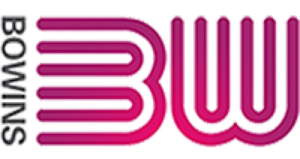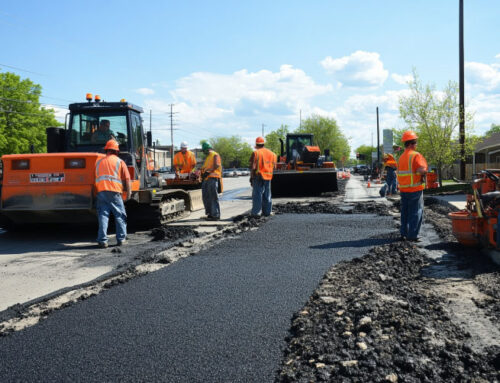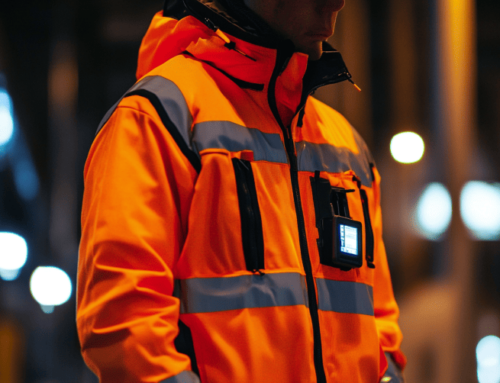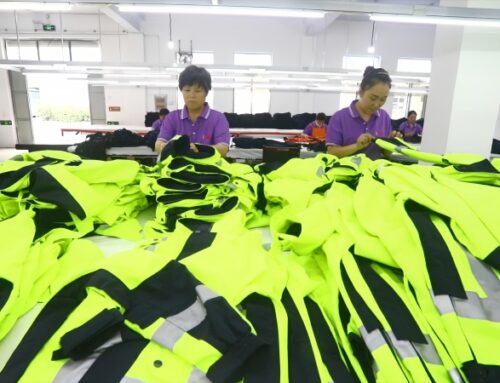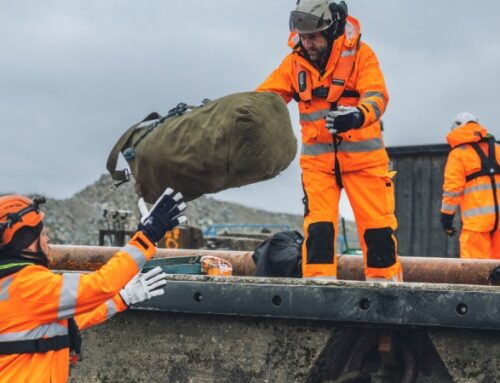Choosing the right reflective clothing manufacturers is crucial for any business needing high-visibility safety apparel. The quality and compliance of your safety vests, jackets, or other gear directly impact user safety and your brand’s reputation. With so many reflective clothing manufacturers to choose from, how do you identify the ideal partner? This guide breaks down key factors to consider – from certifications and quality control to customization and production capacity – to help you make an informed decision when selecting a manufacturing partner for your safety apparel line.
1. Evaluate Experience and Reputation
When vetting reflective clothing manufacturers, start by looking at their industry experience and reputation. Reflective clothing manufacturers with years of experience in safety or workwear tend to have deeper expertise in materials and regulations. Check if the company has a solid track record and positive word-of-mouth. Reviews, testimonials, or case studies from other businesses can signal reliability and quality. A manufacturer known for delivering on promises and supporting clients is likely a dependable partner for your business.
2. Check Standards and Certifications
Compliance with global safety standards is non-negotiable in reflective workwear. Ensure any prospective manufacturer adheres to the relevant high-visibility apparel requirements for your target markets. In the United States, reflective clothing should meet ANSI/ISEA 107, while Europe follows EN ISO 20471 and Canada uses CSA Z96 for hi-vis apparel. The manufacturer should provide proof of compliance and ideally hold quality certifications like ISO 9001. If a supplier can’t show that they meet these standards, consider it a deal-breaker. Ultimately, choosing certified reflective clothing manufacturers helps you avoid regulatory issues and keeps end-users safe.
3. Ensure Quality Materials and Testing
The durability and performance of reflective apparel depend on the materials used and the quality control behind production. Look for reflective clothing manufacturers that use high-grade fabrics and premium reflective elements. Some companies use trusted materials like 3M reflective tape, known for superior brightness and longevity. High-quality garments should withstand harsh weather, rough use, and repeated washing without losing visibility. Top manufacturers enforce multiple quality checkpoints during production to catch defects. For example, BOWINS Garment – an ISO 9001 certified supplier – runs reflective tape brightness tests and stitching inspections throughout production. Such rigorous testing ensures each batch can handle real-world conditions (e.g., many wash cycles without losing reflectivity). In short, partner with a manufacturer that prioritizes quality control and can prove their gear’s durability and visibility.
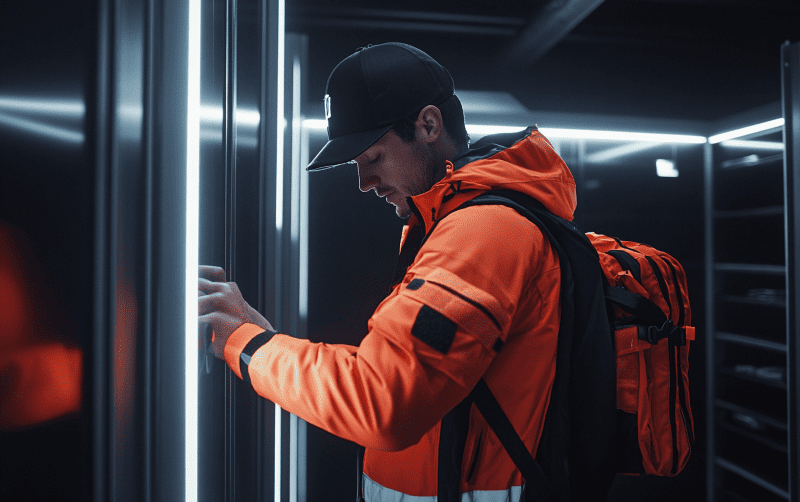
4. Customization and Production Support
Every business has unique safety apparel needs, so it’s important to find reflective clothing manufacturers that offer ample customization and reliable production support. This includes both design flexibility and scalable manufacturing capacity.
4.1 OEM and ODM Services
Assess if the manufacturer offers Original Equipment Manufacturer (OEM) production and Original Design Manufacturer (ODM) services. OEM means the factory produces garments to your exact specifications – ideal if you have proprietary designs for reflective gear. ODM means the manufacturer has in-house designs or standard products you can rebrand. A reliable partner like BOWINS Garment provides both options, so they can either produce your custom-designed apparel or supply ready-made designs for your brand. Ensure the supplier can accommodate your required styles, sizes, colors, and other features so that the reflective clothing meets your specific needs.
4.2 Branding and Bulk Production
Beyond product design, consider how the manufacturer supports branding and large-volume orders. Top reflective clothing manufacturers will accommodate adding your logos, brand colors, and unique markings to garments (via embroidery, printing, etc.). Integrating custom logos and colors into a safety jacket yields a functional yet distinctly branded garment. Branded gear helps your team look unified and boosts recognition on-site.
For bulk orders, ask about the factory’s maximum production capacity and typical lead times. Some companies operate multiple facilities or streamlined processes to deliver large orders quickly. Choosing a supplier that can scale with your growth ensures you can meet demand and expand your safety apparel line confidently.
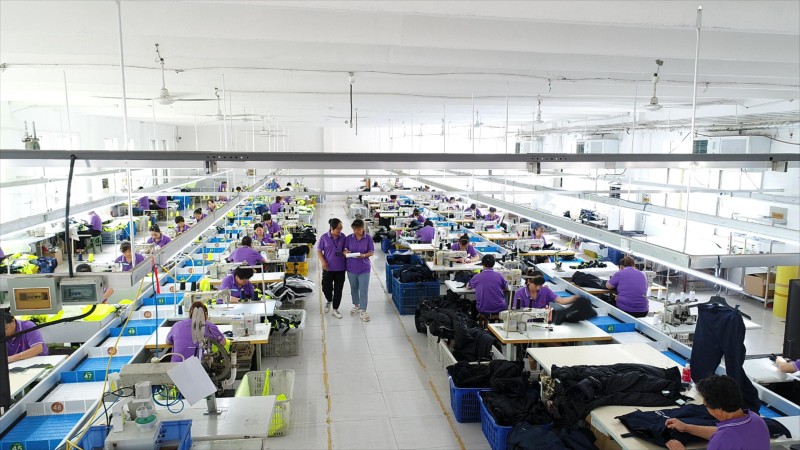
5. Key Questions to Ask Potential Manufacturers
Once you have a shortlist of potential reflective clothing manufacturers, ask them direct questions to evaluate the fit for your needs:
- What safety standards do your reflective clothing products comply with, and can you provide relevant certifications or test reports?
- How long have you been in business, and can you provide client references?
- What is your minimum order quantity (MOQ) and typical lead time?
- Do you offer customization and OEM/ODM services?
- What quality control measures do you have during production?
- Who will be my point of contact, and how responsive is your support?
6. Conclusion
Ultimately, selecting experienced, standards-compliant reflective clothing manufacturers can streamline your sourcing process while ensuring your safety apparel meets all required regulations. By partnering with a proven high-quality supplier, you set your business up for long-term success. In the end, building a strong relationship with a manufacturer who supports your vision and upholds strict safety and quality standards will give you peace of mind and a competitive edge in the high-visibility apparel market.
